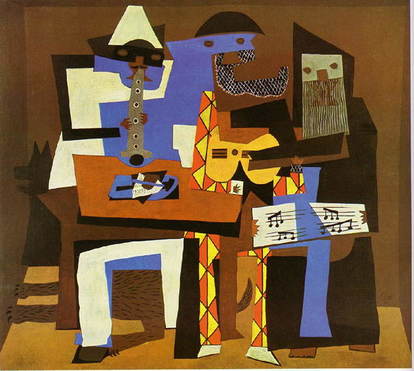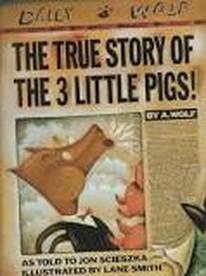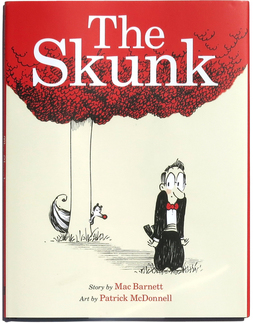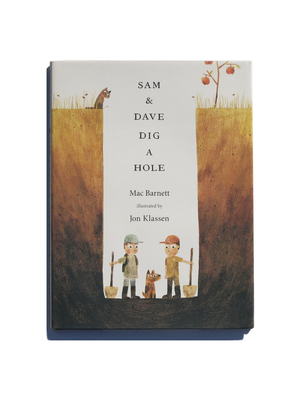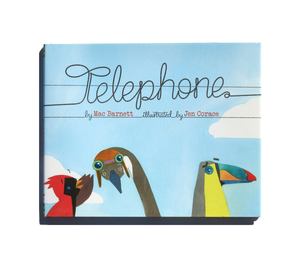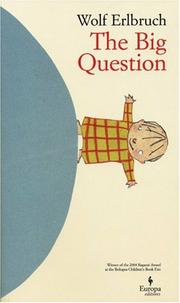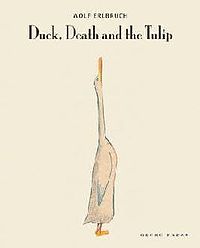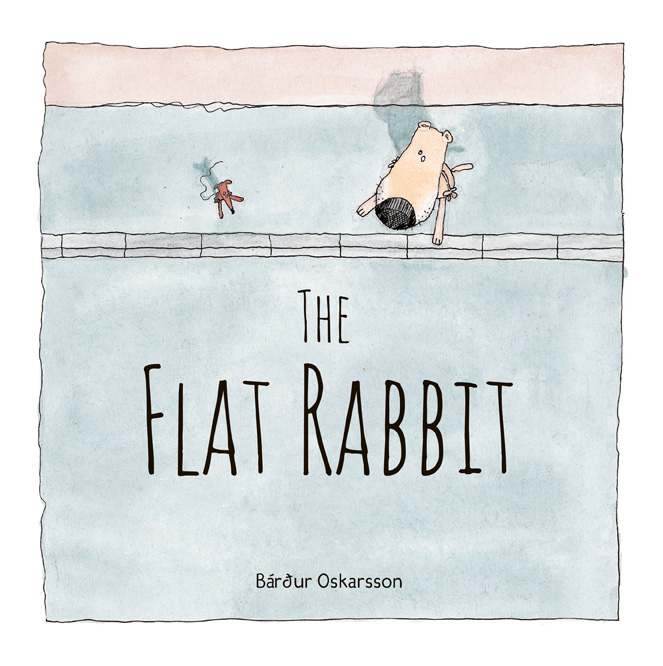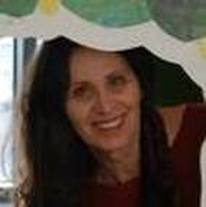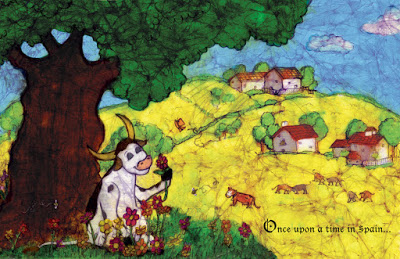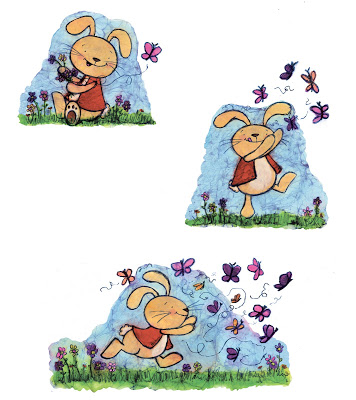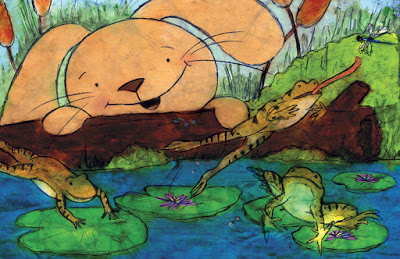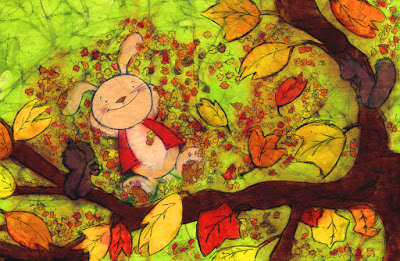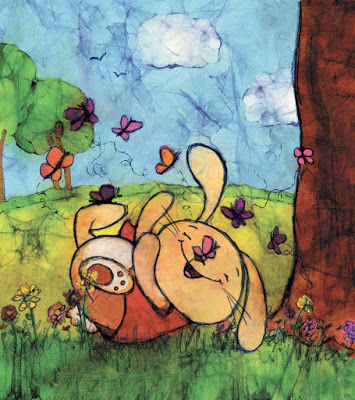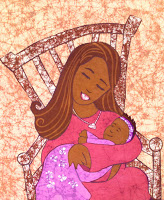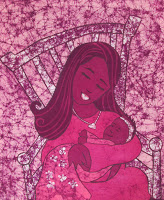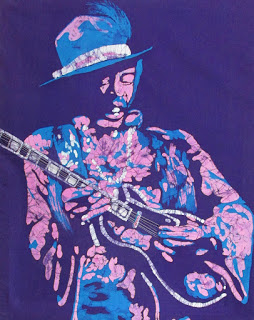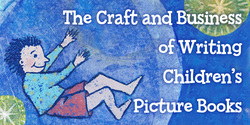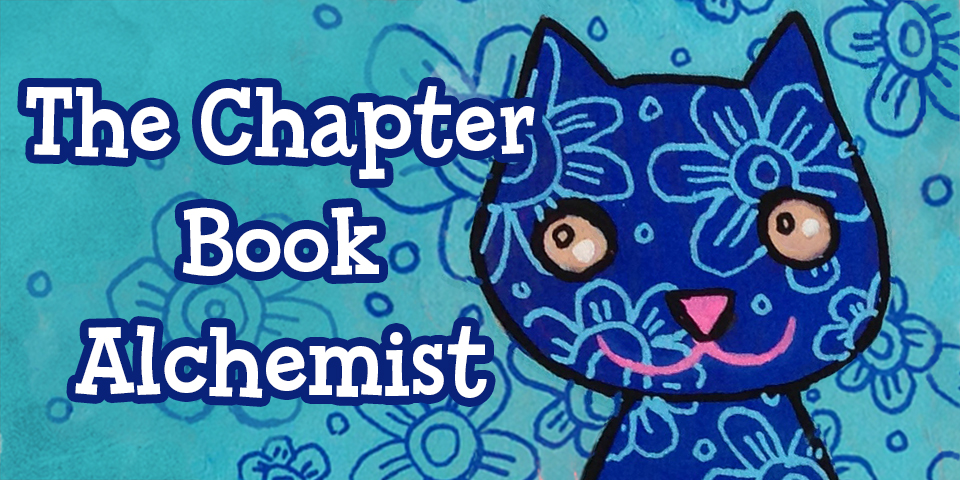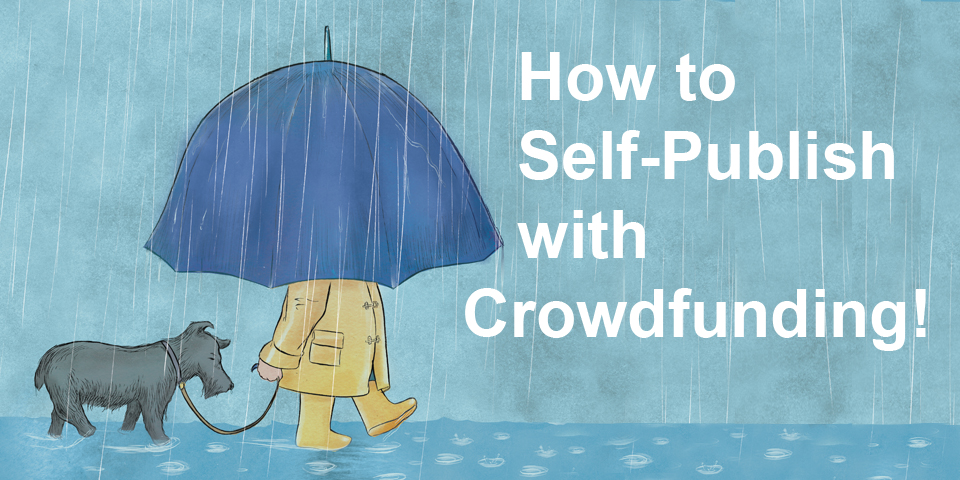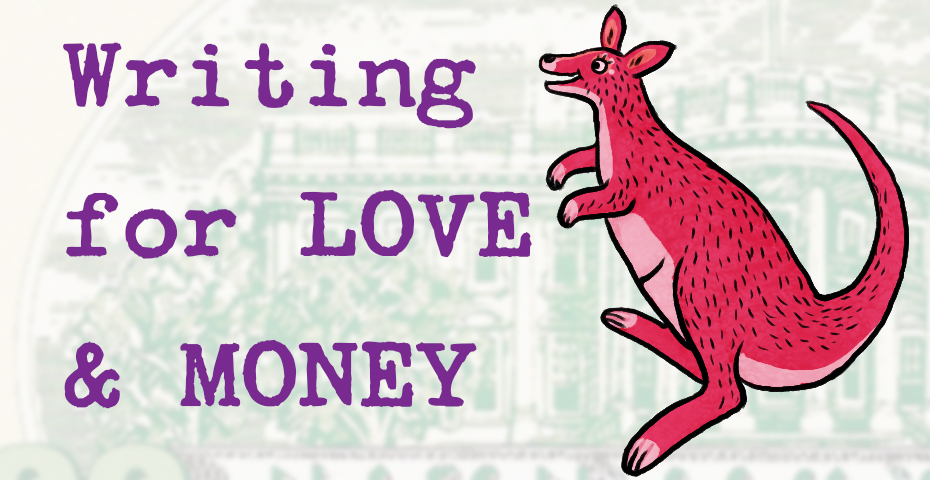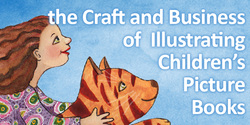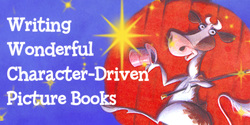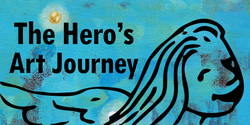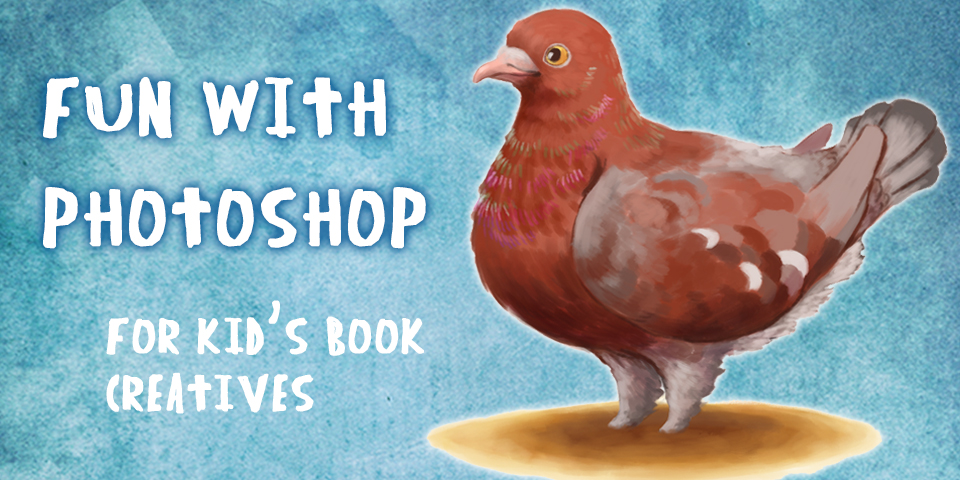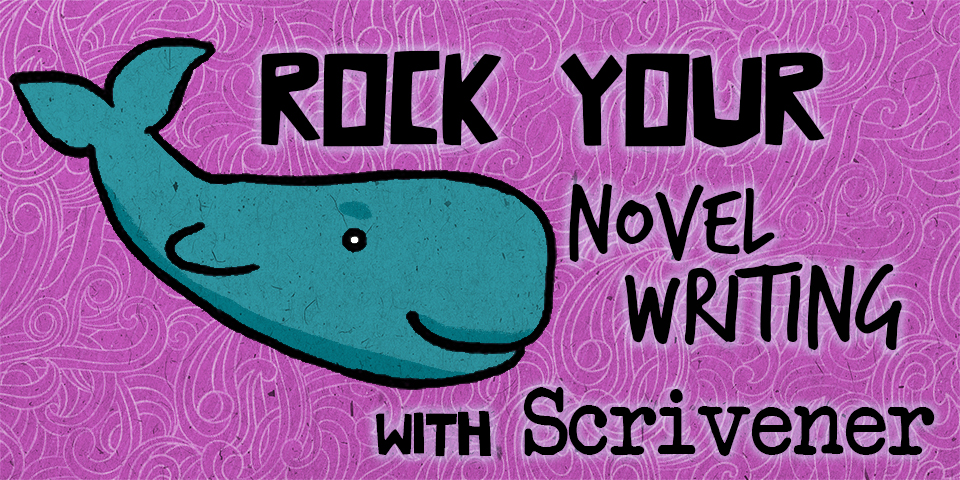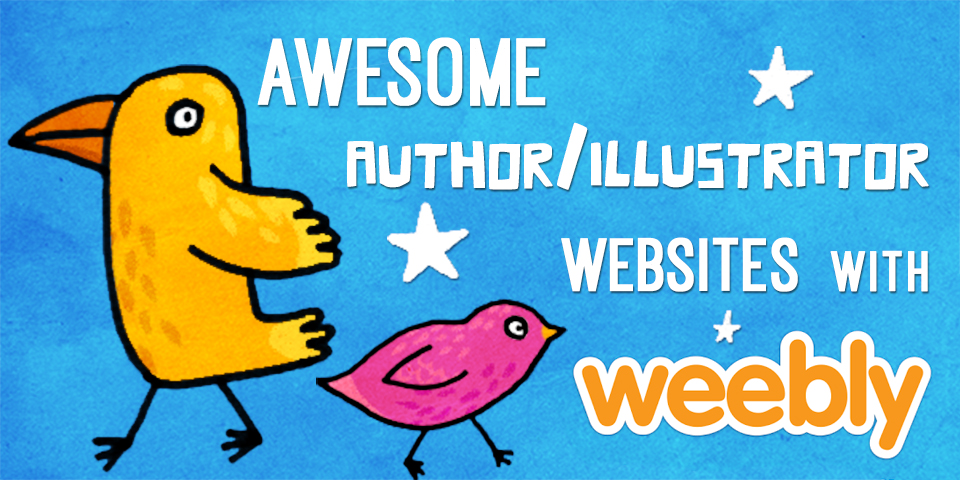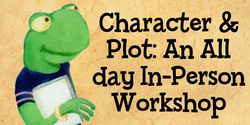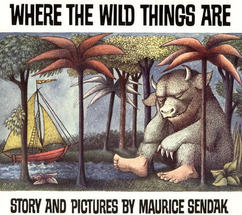 I’ve heard it said that the very best endings are both inevitable and unexpected. There. I’ve given you the key to writing your perfect ending. Done and done. The end. Just kidding. (Hint: writing The End is usually not the best ending.) Writing an ending that is both inevitable and unexpected takes careful crafting, starting with word one. You know you’ve achieved it when your reader has an “Ahh!” or an “Aww” moment at the end, not a “Huh?” or a “Duh” moment. You want your ending to be unexpected rather than completely predictable, but you also want it to feel just right, like this was where you were meant to end up the whole time. Everything in your book, EVERY WORD (especially if it’s a picture book), should be leading up to the perfect ending for your book. Sometimes it will lead to a surprising ending, sometimes to a warm and fuzzy ending, sometimes to a circular ending (where you end where you started), and sometimes even to a melancholy or sad ending. Still, all of those endings can be inevitable and unexpected. I’ll give you two examples, and oldie, and a newbie: Where the Wild Things Are by Maurice Sendak Max is wild, wild, wild, and he drives the story. He ends up confined in his room without dinner after telling his mother, “I’ll eat you up!” There, he gets on a boat and sails to where the Wild Things live. What if the book had ended when Max became their king and they rumpussed about? Though that is arguably the best part of the book, it would have been a very dissatisfying ending. When Max decides to go back to where “someone loves him best”, he ends up back in his room, with his dinner, “and it was still hot”. Inevitable and unexpected. Perfect. Note that Max ends up in his room alone with his dinner. If it had ended with Max giving his mother a verbose apology, it wouldn’t have been nearly as satisfying. It would have been contrived and out of character, and it wasn’t the scenario that the story was leading up to. And if he had ended up back at home, but without dinner, it still wouldn’t have been quite right. There is a strong food theme throughout, and to be true to that, Max had to have his dinner. 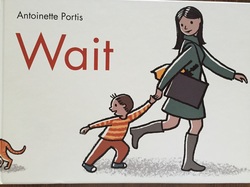 Wait by Antoinette Portis If you are not familiar with this book, that’s ok. It just came out this month! If you are familiar with Antoinette Portis’ other books (“Not a Stick”, “Not a Box”, "Froodle", "Princess Super Kitty" etc.) you’ll know that she has a passion for fostering imagination. And she's a genius at it. The premise of “Wait” is that there is a mother who is in a hurry to get somewhere, and a small child who is intent on exploring the world around him. “Wait” he begs his mother, “Hurry” she says. Those are two of the three words used in the book, and they are repeated throughout as the boy and his mother have very different experiences on the same walk through town. Since the book is so new, I won’t give the ending away here, but I will just tell you that it is perfect: perfectly inevitable and yet somehow unexpected. You’ll just have to read it to find out for yourself. So if you’re struggling to find your perfect ending, maybe you need to back up. Who is your character, and what is their primary goal? Does everything in the book lead up to the ending you’ve written? Have you ended your story too early? Too late? Or did you craft your characters and plot carefully enough that they end up right where they are supposed to be? As always, study from the masters, and you’ll find your very own perfect ending.  This post was written by Maria Oka, mom of three girls and wife of one handsome fella. Maria reads and writes from Southern California.
1 Comment
July is the month we celebrate our country’s freedom. So, it's fitting to talk about celebrating our artistic freedom, our freedom to invent new forms of story and new styles of poems and lullabies, to move from the main stream into a new rivulet, to be radically creative. When I think of radically creative writers and artists, Pablo Picasso comes to mind. He was famous for creating entirely new forms of art. Jessica Stillman celebrates Picasso for his “ground-breaking weirdness” and she suggests that if we want inspiration for unusual ideas we should look to truly radical innovators, like Picasso. Picasso said, “Every act of creation is an act of destruction.” Often, at the beginning of a project, I slap far too many words on the page. Then, in order to find what I really want to say, I take away. I deconstruct. I eliminate. I simplify. Try this, radical writers: As an exercise, cut all the sentences in your working manuscript in half. What do you have? Are at least some of the sentences improved? Is the story different now? Stillman writes that instead of always trying to think outside the box, Picasso gave himself a “small box to work within.” He gave himself constraints, such as creating a painting with just one color. Try this, radical illustrators: Paint with just one color. Picasso also thought that action is the key to success. He produced thousands of variations of his ideas until he got it right, until he got it the way he wanted. Many of us spend far too much time protecting the first story idea that came to us. Question that first thought. How can we make it better, more radical? How can we manifest our true ability? As many little girls of a certain age knows, one way is to “Let it Go.” Let your first precious idea go. That’s what Queen Elsa did. When I think of radical creativity in picture books, a few names come immediately to mind. Jon Scieszka, the first-ever National Ambassador for Young People’s Literature, turned fairy tales upside down and inside out.
For some of us, radical creativity might not mean changing publishing or a world view. It may mean simply stepping away from our comfort zone. 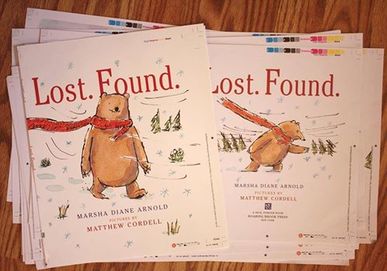 My upcoming book Lost. Found. is a big departure from my previous picture books that were long and filled with what some described as beautiful narrative. Lost. Found.’s story is made up of only two words. That for me is radical. Still the story keeps to what I’m known for - stories of value, of kindness, of hope. A traditional story in an untraditional vein. One definition of “radical” is an action or thing that's especially impressive – awesome, cool, extreme. There is power in our unique perspectives. So combine your vision with a bit of talent, a lot of courage, and the willingness to go the distance to create something unexpected. Then you too may be “radical.”
Last month, I was busy preparing my stories and portfolio for the New Jersey SCBWI conference. Part of that preparation included experimenting with a new technique. With some convincing and encouragement from friends, I started to examine the idea of using batiks for illustrations, a medium I love to use! Batik is the art of wax resist and dye on fabric or paper. Batiks can be traced back to the Middle East, Africa, Indonesia, Malaysia, China, Thailand, Philippines, and India. They are usually created on cloth by applying wax to the material and then dyeing it. Cracks in the wax often occur as the batik is folded or pushed into dying tubs. The “crackling” effect occurs when the dye seeps into any cracked parts of the wax. Batiks can be done using a tub dye method. First, I draw my picture on white muslin. Then I melt a mix of paraffin and beeswax and painted it on the areas to keep white. The wax has to be hot enough to go on clear so as to not allow any dye to get onto those areas. Next, the fabric is placed into a dye bath of the lightest color. Wherever the wax was applied, that area would stay white. After the fabric is hung to dry, wax is applied to the areas that will stay the light color. The process is repeated until the last color (the darkest) is applied. Using melted crayons on muslin been giving me the best option with regard to using lots of different colors while keeping the crackling the same color. After painting the picture with the melted crayons, I dye the batik in a tub as mentioned above, and when dry iron out the wax between pieces of newsprint. The crayons may bleed a bit but it can give some amazing effects (plus Photoshop is really great at adjusting colors and fixing errors.) To learn more about this process, click here. So in the end, any art process could work for illustrations. You just have to give it a try!  Angela Padron is a published illustrator of two books, including "The Hero in You" by Ellis Paul, as well as a Star Wars geek and chocolate chip cookie connoisseur. She also writes and illustrates her own picture books, board books, and chapter books. She is a teacher, a freelance writer and editor for educational publishers, and the new Children's Alley coordinator for the international Miami Book Fair. Angela spends weekends enjoying walks along the beach with her family. View her online portfolio at www.angelapadron.com. You can also "like" her facebook page, follow her on Twitter @angela_padron, and follow her own blog called "Show and Tell" with weekly posts about reading, writing and illustrating books for children. |
Meet the Friday Blogonauts
First Fridays will feature Bryan Patrick Avery, published writer , man of mystery, and professional magician among other things.
Second Fridays will feature awesome multi-award winning author Marsha Diane Arnold who will be writing about character-driven and/or nature-based books and/or anything she likes :) Third Fridays will feature independent Aladdin/Simon & Shuster editor Emma Sector who has helped bring many books into the world. Fourth Fridays will feature the great Christine Taylor-Butler who has published over 70 award-winning fiction and non-fiction and nonfiction books including the acclaimed new middle grade series - The Lost Tribes. Fifth Fridays will feature the fabulous Carl Angel award-winning multi-published Illustrator and graphic designer. Join our Tribe
and receive 7 Steps to Creative Happiness, access to free webinars, and lots more!
Your email addresses are always safe and respected with us. Follow our Blog!
Archives
January 2019
Categories
All
|
|
Discover
|
About Us
|
Join Us
Join our Community and receive a fabulous free gift, KidLit tips, newsletters, scholarship info, contests, and more!
Join our KidLit Mentorship |
Social Media
Interact with our FaceBook Group or follow us on:
|
© 2010-2024 All content on this website is copyrighted. Sorry, all courses are non-refundable.
